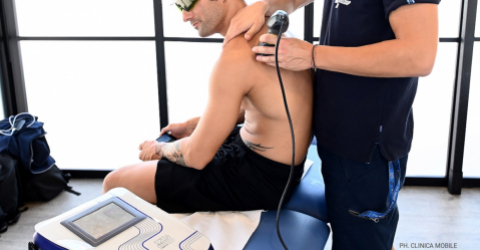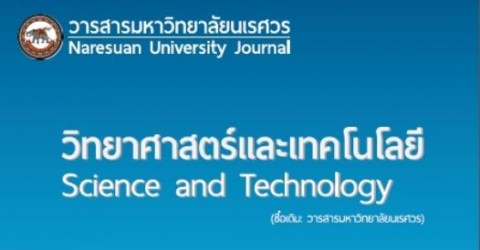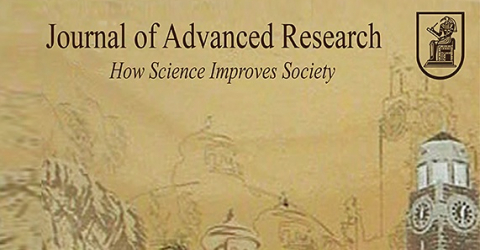Carpal tunnel syndrome: how to forget formication, stiffness, and pain, recovering functionality
It mainly affects people between 45 and 60 years of age and affects women more than men (the ratio is 3 to 1) who have jobs that require constant use of the hands: the Carpal Tunnel syndrome afflicts 5% of the Italian population causing pain but above all a serious limitation in the use of the hand. However, only 20% of those who suffer from it have surgery, recommended in the advanced stages of the disease.
Causes
Probably congenital, it is the result of a combination of factors that cause increased pressure on the median nerve and carpal tunnel tendons. However, there are also specific triggering factors such as traumas, wrist injuries that cause swelling (fractures or sprains), hypophysis hyperactivity, hypothyroidism, rheumatoid arthritis, but also mechanical problems in the wrist ligament. At the same time, its onset is determined by work stress, the massive and continuous use of the hand, and water retention during pregnancy or menopause. Even the development of a cyst or tumour within the canal can be among the reasons that cause it.
Symptomatology
The signs are gradual but easily identifiable: frequent burning, pain, tingling, or numbness with itching in the palm of the hand and fingers (thumb, index, and middle finger), which are also victims of a feeling of swelling, only apparent. The hints of the onset of the disease appear in one or both hands especially during the night and, upon awakening, cause the need to relax the hand or wrist. The worsening of symptoms goes hand in hand with the decrease in strength of the grip and clenching hands into fists with consequent difficulty in grasping small objects or performing other activities that involve the use of the hands. Some people also report that it is impossible to distinguish between hot and cold by touch. Further clues are also dull pain in the forearm and arm, the change in the colour of the skin, drier, the specific weakening of the muscles that govern the movement of the thumb.
Diagnosis
The initial accurate physical examination (analysis of the wrist and hand and parallel description of the symptoms by the patient) and the meticulous evaluation of the patient’s clinical history and habits (work and hobbies) are essential, in search of the circumstances that may favour the development of the disease. Doctors can then use specific tests in an attempt to confirm the existence of the pathology such as the ‘Tinel test’ and the ‘Phalen test’.
If there is reason to believe in the presence of a more dangerous problem (example: diabetes), the patient is subjected to further checks such as the study of nerve conduction to detect how fast the transmission of nerve signals is, an electromyography to measure the natural electrical activity of the muscles, a radiological examination (to be done only in the case of a suspected fracture of the wrist or a degenerative joint disorder), and a blood test to check for any form of diabetes, hypothyroidism, gout, or rheumatoid arthritis that was never diagnosed.
Therapy
Based on the severity and duration of the symptoms, there are two types of therapy:
- conservative (moderate and bearable median nerve symptoms, present for just a few months)
- surgical (intense symptoms that affect daily life, present for at least 6 months)
The conservative therapy, in addition to suggesting rest and the use of ice, consists in the application of a wrist brace, in the administration of corticosteroid drugs (powerful anti-inflammatories), and in laser therapy and magnetotherapy sessions to reduce pain, as well as injections, iontophoresis, and ultrasounds. The surgery is based on an outpatient operation under local anaesthesia through which the median nerve is operated by making an incision of several centimetres on the wrist, in correspondence with the carpal tunnel.
It is essential to proceed with rehabilitation to recover the full functionality of the wrist. The use of laser therapy and magnetotherapy is confirmed to be useful in this case as well.
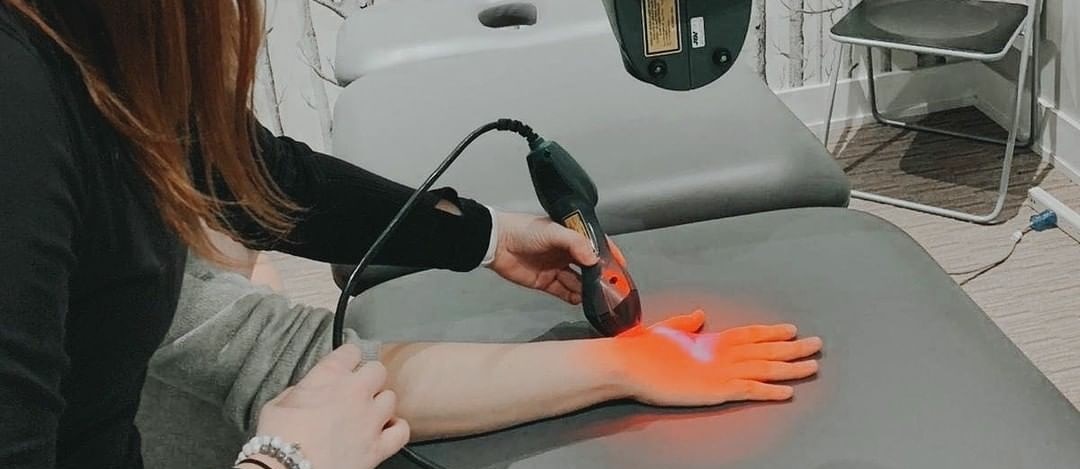
Photo: @alignyourhealth
Thanks to its analgesic, anti-inflammatory, and anti-oedema effects, it reduces pain and it helps recover the full functionality of the fingers and wrist when the syndrome occurs. At the same time, it improves the sensitivity and strength of the hand making it easier to go back to grabbing even small objects.
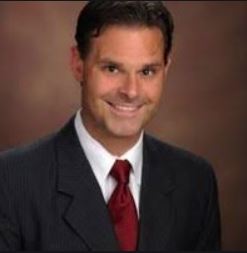
"We have seen a reduction in tendonitis, joint swelling, bulging discs, rotator cuff tears, carpal tunnel, and other shoulder and elbow indications. The results are pretty phenomenal and eight out of ten patients have dramatic results.”
John Sigle, DPM, FACFAS, Illinois Laser Center

By favouring the gradual reduction of painful symptoms, oedema, and inflammation together, it is suitable for the treatment of many diseases including carpal tunnel syndrome. What makes it effective is the use of pulsed electromagnetic fields (PEMF) at low intensity and extremely low frequency (ELF). Specifically, the use of pulsed magnetic fields generates induced micro currents in the tissues they pass through, influencing the behaviour of multiple types of cells and favouring the healing and rehabilitation processes.
The studies
Two studies confirm that Qs Magnetotherapy and MLS® Laser Therapy are fundamental therapeutic tools for the treatment of carpal tunnel syndrome. Specifically, the analysis of ‘Kamel et al (Journal of Advanced Research, 2017)’, after comparing ASA’s magnetotherapy with pulsed ultrasound in the treatment of patients with carpal tunnel syndrome developed during the last trimester of pregnancy, comes to the conclusion that Qs is more effective in relieving painful symptoms and in improving the speed of sensory and motor conduction of the median nerve. The study ‘Pattapong et al (2016)’, in parallel, underlined that MLS® Laser Therapy, coupled with conventional rehabilitation treatments, is an extremely valuable option in the treatment of mild to moderate carpal tunnel syndrome before proceeding with surgery.






